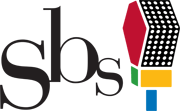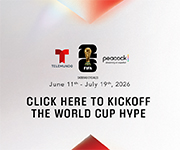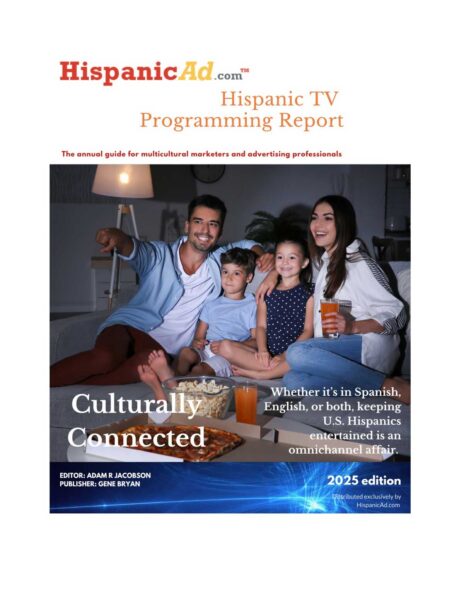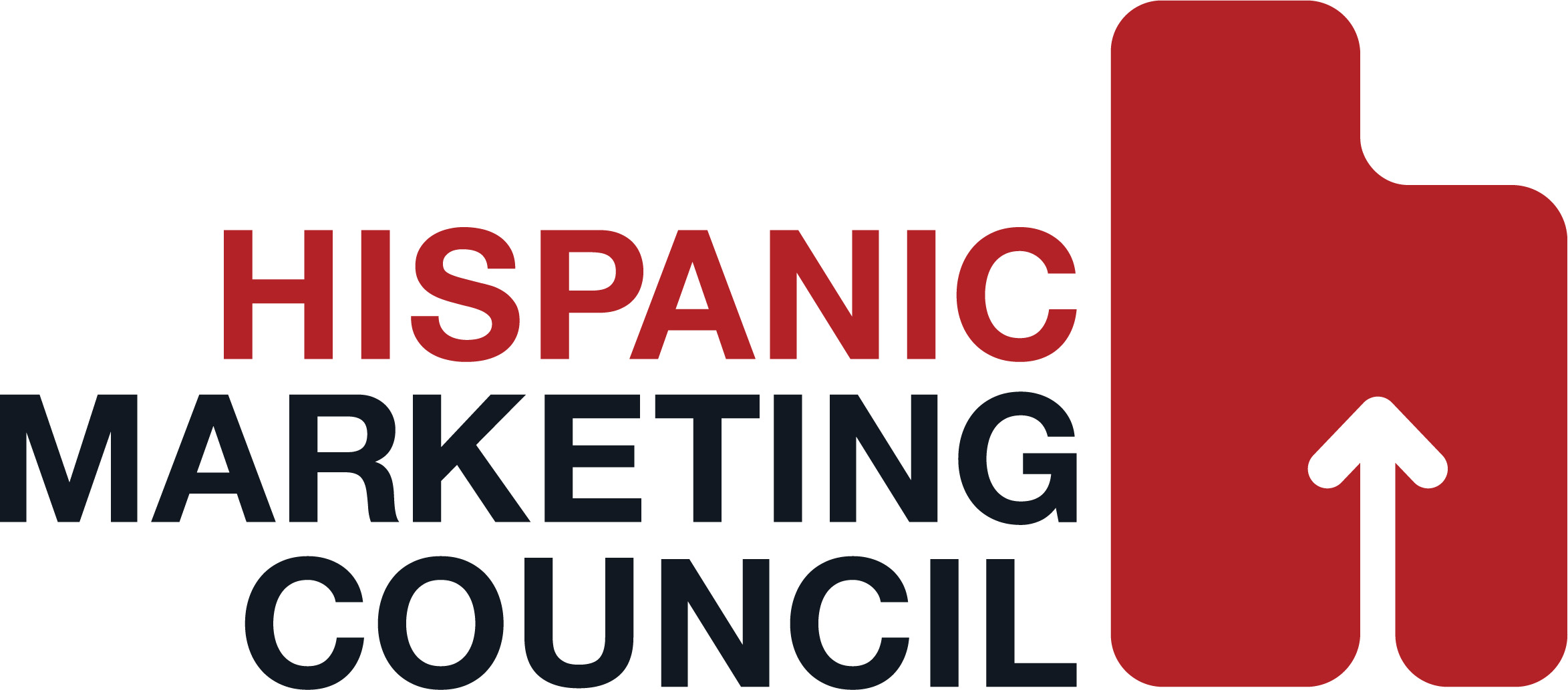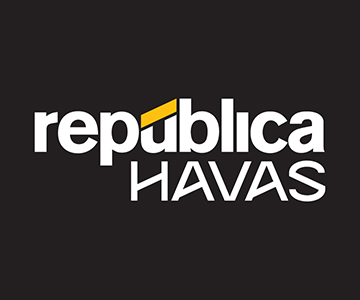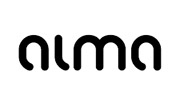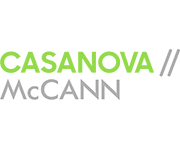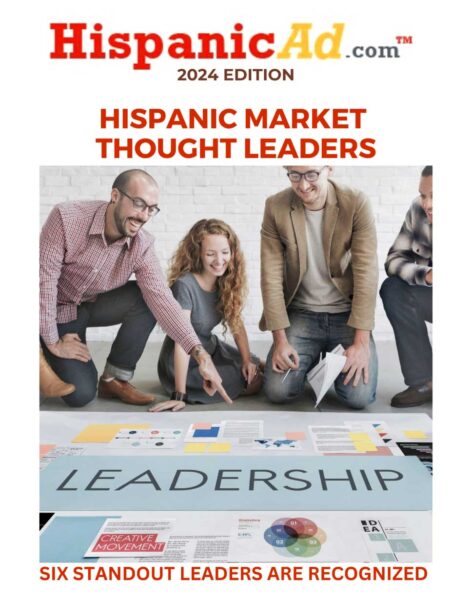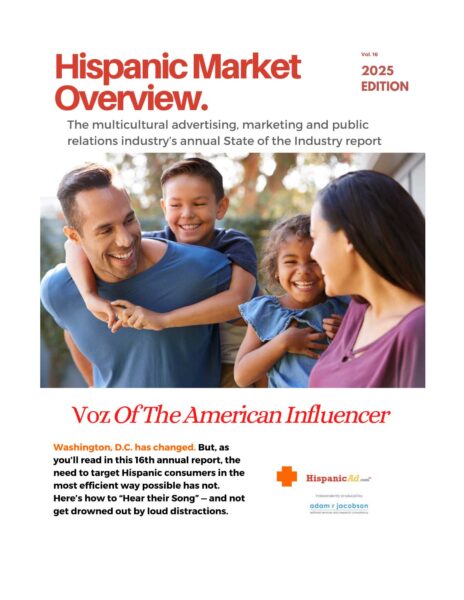DEI and Multicultural Marketing: Where Do We Go From Here?
May 6, 2025

By David Morse – Chief Insights Officer, New American Dimensions
We live in serious times.
At Harvard, DEI offices have been renamed, affinity celebrations canceled, and visible signs of inclusion quietly removed. In Florida and Texas, public universities have been ordered to dismantle equity programs. Teachers are being monitored for uttering words like identity. Libraries are pulling books. And in state after state, lawmakers aren’t just targeting trans rights—they’re erasing the existence of LGBTQ+ families like mine.
This isn’t a policy shift. It’s a purge.
Ibram X. Kendi put it bluntly: “We’re not in a period of racial progress—we’re in a period of racial backlash.” That backlash is no longer just cultural. It’s structural. Legal. Funded. Coordinated. And it’s coming for anyone whose presence complicates the myth of a single, settled American identity.
DEI has become the cultural scapegoat of our time. What once stood for fairness is now framed as favoritism, as anti-White. Laws written to protect marginalized students are being rewritten to protect others from even having to acknowledge them. And yet, this unraveling doesn’t just affect HR departments or college syllabi. It bleeds into how we market, who we include, and what kind of country we imagine ourselves to be.
Because as DEI recedes, so does the public face of inclusivity. Pride campaigns vanish. Bilingual ads get shelved. Black and brown creators are quietly deprioritized. And the message, even if unspoken, is clear: this is no longer your moment—or so they’d like you to think.
But that’s not the full picture.
Some brands aren’t backing down. In fact, a few are stepping forward. According to ANA’s 2024 Alliance for Inclusive and Multicultural Marketing (AIMM) report, multicultural ad spending hit an all-time high—over $14 billion, up from $10.5 billion in 2020. Nearly 60% of Fortune 500 brands increased their investments in Hispanic, Black, Asian, and LGBTQ+ audiences. These efforts aren’t just moral—they’re market-smart. Multicultural consumers now make up over 40% of the U.S. population and wield more than $5 trillion in spending power.
The stakes aren’t theoretical. They’re transactional. Reputational. Emotional. Because what you say—and who you say it to—matters more than ever. Pulling a Pride ad isn’t just a campaign decision—it’s a statement. Skipping Black History Month isn’t just an oversight—it’s an omission. These aren’t marketing footnotes; they’re cultural signals.
Still, some are choosing to lead.
Procter & Gamble’s Widen the Screen isn’t just a campaign—it’s a cultural intervention. Nike continues to center queer and BIPOC voices in its storytelling. Disney, even after backlash over inclusive casting, hasn’t reversed course—though it has learned to thread the needle between progress and PR. And Ben & Jerry’s? They still name white supremacy on their cartons and defend Indigenous sovereignty in their press releases.
These aren’t brands speaking to communities. They’re speaking with them. Co-creating. Hiring diverse creators. Building trust not with slogans, but with systems. That’s not “woke branding.” That’s cultural fluency.
Mark Pritchard, Chief Brand Officer at P&G, put it plainly: “If you’re not doing multicultural marketing, you’re not doing marketing.” Antonio Lucio of HP goes deeper: “You can’t be in the business of hope and ignore the people who need it most.”
But even more than the market, something else gives me hope.
A new generation is watching.
They are the most diverse cohort in American history. Gen Alpha, now coming of age, will be the first majority non-white generation. Many are growing up in multiracial, multilingual households. They have been raised to see fairness not as charity, but as expectation. According to Deloitte’s 2025 Gen Z and Alpha Report, 83% of American teens say they “feel more loyal to brands that actively support social causes that matter to them.”
They’ve seen what happens when inclusion is performative. When Pride campaigns disappear the moment scrutiny hits. When Black History Month posts go up with no Black leadership in the room. When brands call silence neutrality.
They are not asking for inclusion. They are expecting it.
Kendi reminds us that being “not racist” is not enough. To undo inequality, we must be actively anti-racist—and that starts with education. Young Americans understand this instinctively. Demographically, they are mostly not White. They learn their values from TikTok, class debates, protest signs, and YouTube creators. They’re reading Angie Thomas, watching Never Have I Ever, and remixing history in digital spaces adults barely understand.
They know change doesn’t come from silence. It comes from clarity.
So yes, this is about DEI. But it’s also about marketing. Because marketing doesn’t just reflect culture. It animates it. And if you want to speak to the future, you’d better be fluent in the language of change. That means backing your values with visibility, voice, and verification.
The next generation isn’t waiting to be convinced. They’re watching. And they already know who gets it. That’s where we are now.






